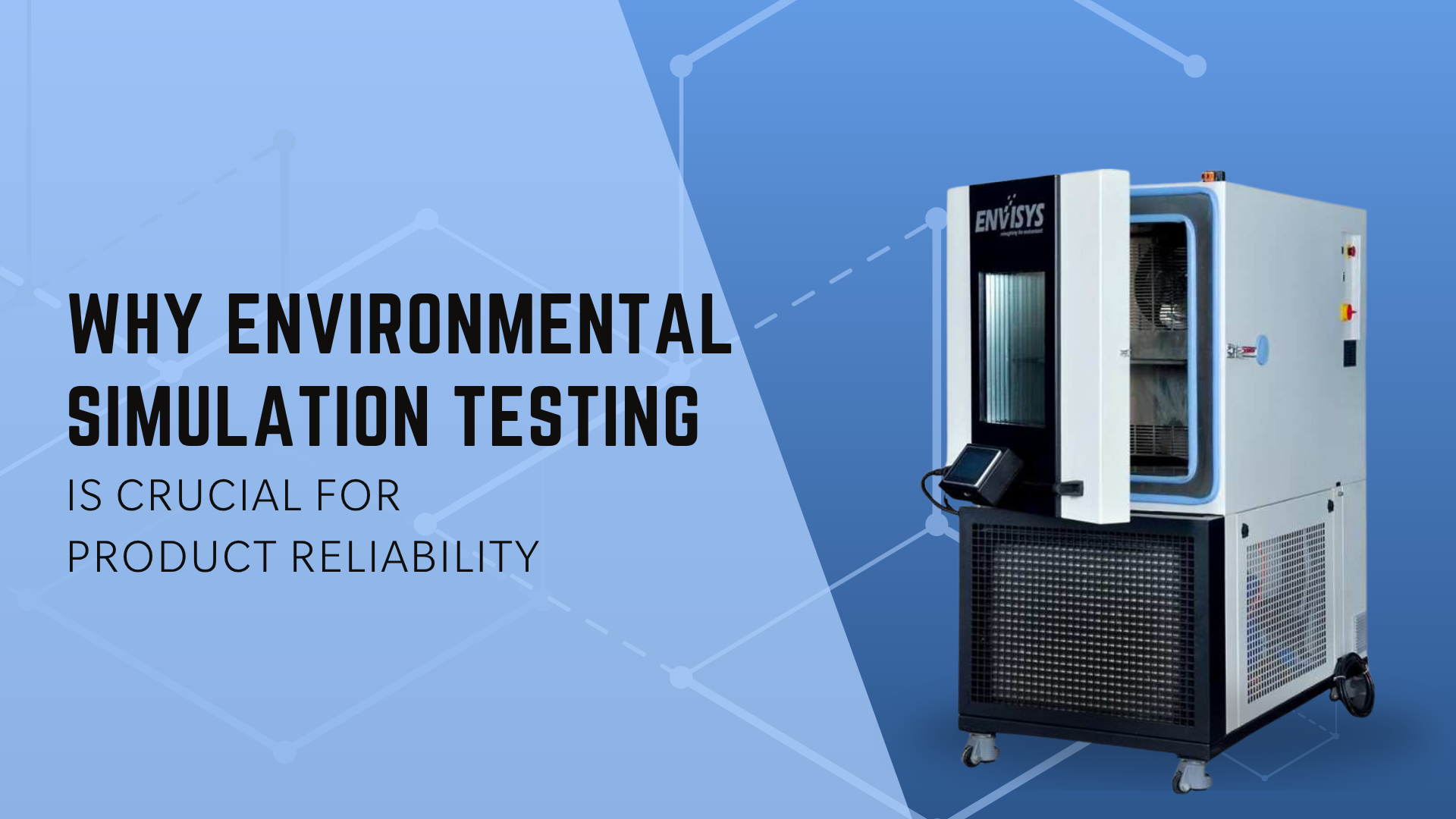
In today's highly competitive world, product reliability is more than just preferable—it is necessary. This is where Environmental Simulation Testing becomes essential. Environmental Simulation Testing allows manufacturers to determine whether or not products can survive real-world environmental tolerances like temperature, humidity, vibrations, and corrosion.
Environmental Simulation Testing simulates environmental and physical stresses that a product may encounter in its product life cycle. This type of Environmental Testing allows manufacturers to identify weaknesses early in the design cycle for all types of products, including aerospace, automotive, electronics, and consumer products. In other words, environmental simulation testing uses a certified testing facility to put various components or systems into controlled environments. This will allow an engineer to identify faults and failures, optimize designs, and improve performance before the product reaches the consumer.
Environmental Testing is more than just a regulatory requirement. It ensures:
These answers come only from high-quality testing services from reliable testing labs with advanced infrastructure.
A qualified testing lab uses chambers that simulate various stressors like:
Each simulation is designed to mimic real-life challenges and evaluate how the product performs over time. This not only aids in improving product quality but also reduces the risk of post-launch failures.
A qualified testing lab uses chambers that simulate various stressors like:
Each simulation replicates real-life challenges and evaluates how the product performs over time. This not only aids in improving product quality but also reduces the risk of post-launch failures.
Environmental Simulation Testing is no longer an elective step in the product development process or a luxury. It is now a key step in the product development process. It is the bridge helping manufacturers transition from the product design bench to real-world performance. By engaging with a trusted testing laboratory that offers a wide range of testing services, manufacturers can be confident in knowing that their end products are not simply working products but dependable products and are not just functional but valuable to their end-users.